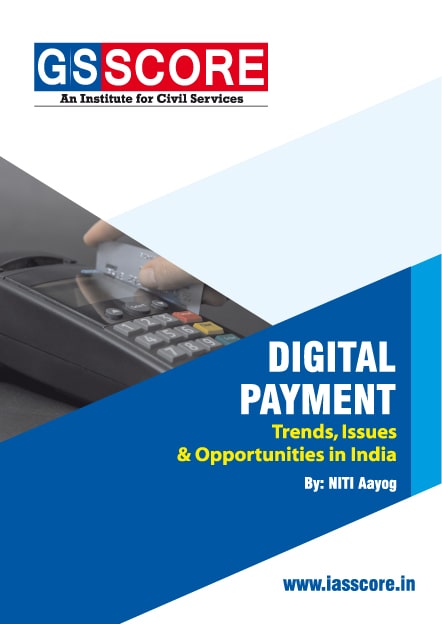


Summery
- Digital Payments have registered robust growth in 2017-18 both in volume and value terms.
- In volume terms the growth during the year 2017-18 was much higher than the trend growth rate during the last five years (2011-16)
- Growth in Total Retail Payments in value terms has been three times higher than the trend rate of the last five years
- The UPI and IMPS Segment in volume of transactions registered a spectacular growth during 2017-18. UPI, despite being new product in the payment segment has shown great adoption rate among consumer and merchants
- Total Card Payments continued its growth momentum and exceeded the trend growth rate of the last five years both in volume and value terms
Related Articles


